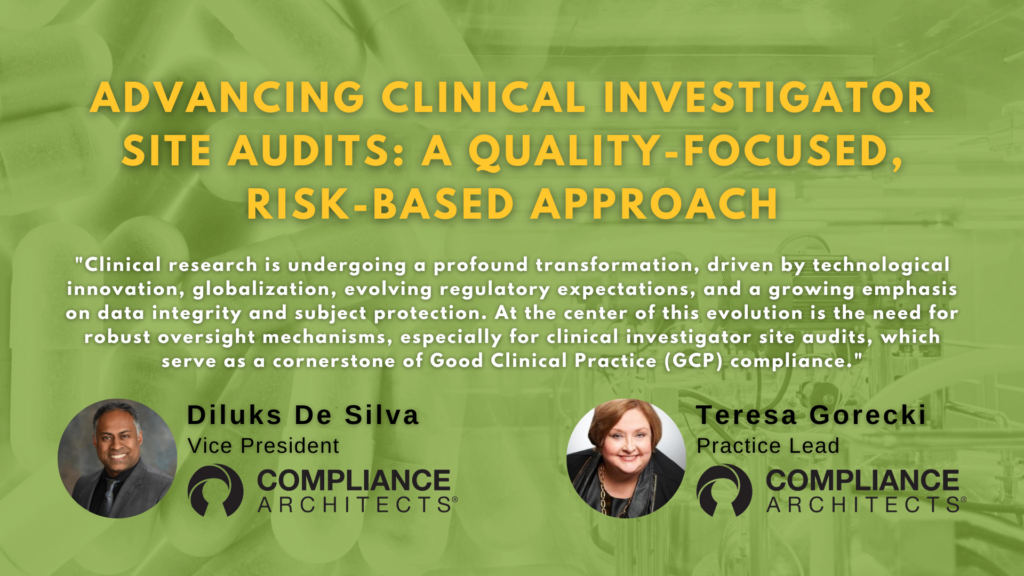Table of Contents
A Quality Professional’s Perspective on why Change Management Efforts Fail
When you get to the point of your career I now find myself in, you will have seen many change management efforts falter or fail. While there are common themes and pitfalls that contribute to all such failures, I want to emphasize those that I think are most likely to happen in quality related efforts.
Googling for a list of “the top ten reasons change management effort fail,” will get you many hits. Once you scroll down through everyone trying to sell you their special program to ensure success, you’ll most likely end up with bunch of similar lists.
Since I want to speak from the quality professional’s viewpoint, I have highlighted three causes that are in every list and are the ones I feel we are most likely to have encountered and created for ourselves!
- Lack of Top Management Support
- Resistance to Change.
- Failure to Address Stakeholder Concerns
Top Management Support
This is true for every effort. If you don’t have the support of your senior leadership, your effort will flounder at best and fail at worst. Top management support is crucial for any change management effort as it provides the direction, authority, and resources needed to drive the change forward. Visible commitment and endorsement also help set the tone for the entire organization. Without strong leadership backing, change initiatives will lack clarity, face increased resistance, and struggle to gain traction.
Unfortunately for us, quality initiatives often lack this support. This is because while our experience allows us to easily see the benefits, it can be abstract to outsiders. A prime example is putting in a new documentation system. While we will be able to support it enthusiastically because it will make our lives so much easier due to the enhanced abilities to control and monitor change and provide evidence to regulators, 90% of the company will just see it as a painful switch to a new system.
If we can’t sell top management, we will struggle. So, we need to have a plan for that. Building on the documentation example, we need to sell Operations the ability for our contract manufacturers to have one portal for all their needs, thus making it easier for both parties. We need to show Regulatory the vastly improved searching and archiving capabilities. Product Development needs to know that it will help them organize their design files. Once we have that, we can then get top management on board and have a chance at success.

Resistance to Change
It is an absolute truism that “people are resistant to change”. I think that is wrong. People are resistant to change that they don’t control. Think about it in your personal life. You’ve gained some weight and want to lose it. So, you start to watch what you eat and finally join a gym. Now change it up a bit. You’ve gained some weight and want to lose it. Your significant other looks at you and says “wow, you’ve gotten a little heavy so no more sweets in the house and I signed you up for the gym.”
Both solutions involved the exact same actions but, I think you’ll agree, only one of them is going to succeed. While people are often resistant to change due to various other factors such as fear of the unknown, uncertainty about the future, comfort with the status quo, and a sense of loss or disruption. I think you will agree that the key driver in my example is the lack of control.
The way we address the control aspect is by being keenly aware of reason #3 on the list: Failure to Address Stakeholder Concerns. Until we do that, folks will fight us all the way.
Failure to Address Stakeholder Concerns
One wonderful thing about being in quality is that we really are the keepers of the company’s hidden archive of failures. Because, more than any of our peers, we work across domains, we gather unique and broad insight on what does and doesn’t work. Thus, we can usually spot a problem on the horizon long before any of our peers even know what direction to look.
The problem with this is that we fall into the problem I call “Locking ourselves in a conference room and coming out with the answer”.
This is a failure mode I constantly warn my teammates about and one I have fallen prey to myself. The company has some problem affecting it, and a group of quality professionals get in a room, map it out, discuss all the failure modes, and “fix” it. They then emerge with “the answer” and get extremely frustrated when no one will implement it.
By not involving the right stakeholders, we not only failed to address any concerns they may have had, but we also have the hubris of thinking we have all the answers.
We then have the long slog of trying to convert the stakeholders, one-by-one, over to our solution. Far better to get them involved up front and agreeing on the acknowledgement of the problem, the effects of the problem, and potential solutions. Because by doing all that, we also make it their solution. And who doesn’t like to solve problems?
Conclusion
We in quality can create incredibly positive and lasting change for an organization but we need to make sure that we have our bosses’ full support and that we are truly involving all the affected parties before we try and implement a change. Otherwise, we can feel like we created a pill to cure cancer, but the darn patients just won’t take it.
So, learn how to sell your ideas to management and get the right people from outside your silo involved in diagnosing and fixing the problem and you will be well on your way to success.
Contact Us
To learn more about why change management efforts often fail, contact us by filling out the form below.





